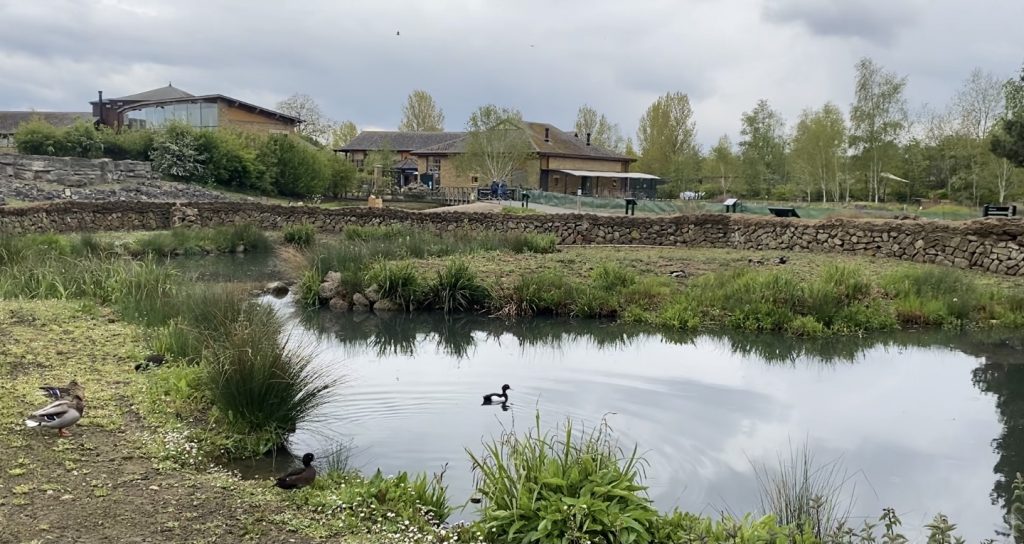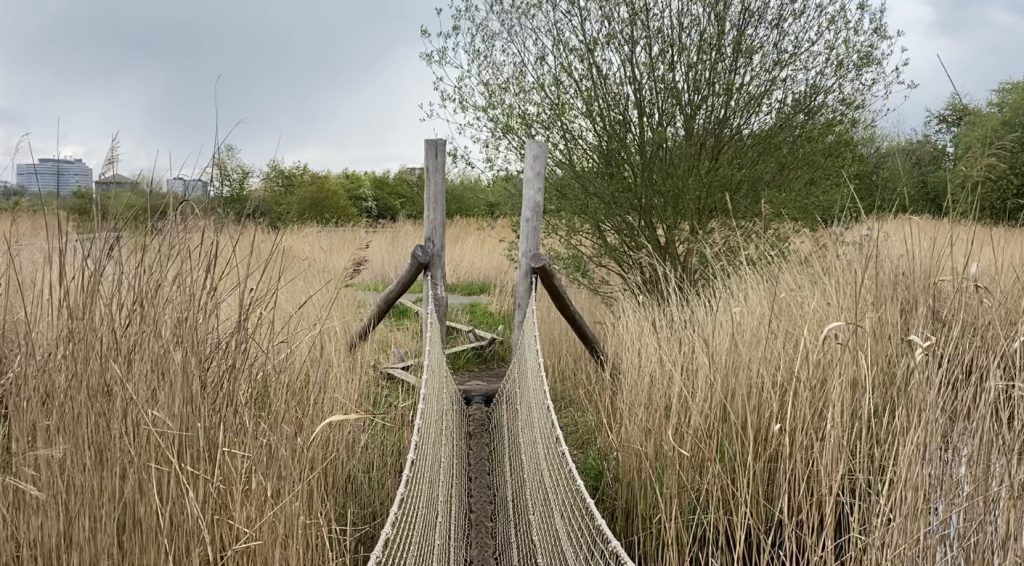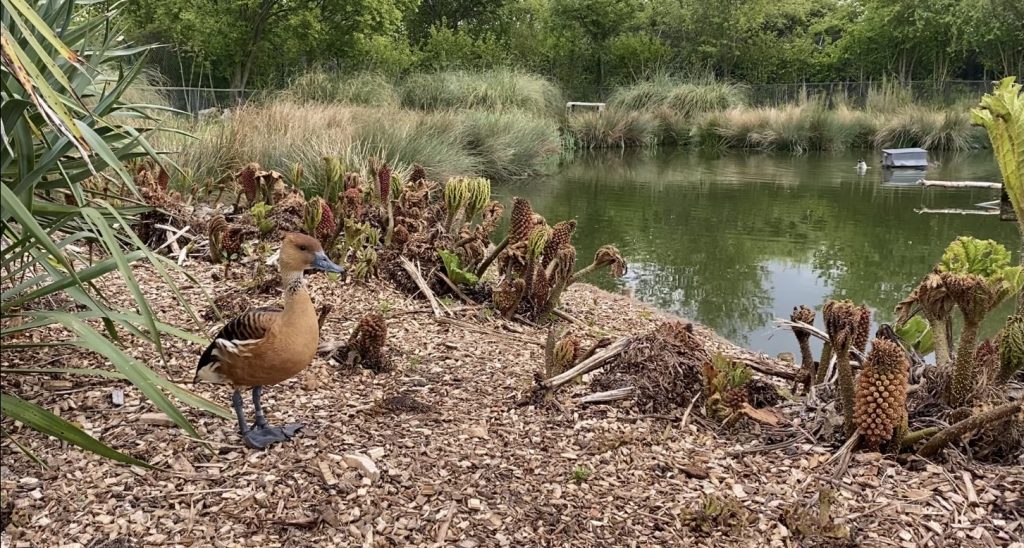Wetlands in Barnes will be vital in helping the UK hit net zero by 2050 according to a new study.
The Natural England study found that wetlands significantly increase carbon uptake, which could help the UK reach its goal of carbon neutrality.
London Wetland Centre is one of just 175 wetlands left in the UK, but leading conservation charity Wildfowl and Wetlands Trust (WWT) is striving to reintroduce 100,000 hectares of wetlands, particularly in urban areas.
John Arbon, Living Collections Manager at London Wetland Centre, said: “In the past people haven’t valued wetlands, they’ve just seen them as stinky, marshy, boggy areas and that’s why a lot of wetlands disappeared in history.”
As well as creating a carbon storage network, wetlands are natural alternatives to flood protection and water treatments.
London Wetland Centre is on a flood plain and would absorb some of the water if the Thames flooded.
Wetlands don’t just offer environmental benefits however, they also create green spaces to improve wellbeing in densely populated cities such as London.

Arbon said: “There is a definite correlation between mental health and being able to get back to nature and connect with the environment.
“If you can get away from the city, get away from the noise and the bustle, and get out of your small flat and come to a site like this and connect with nature, it is definitely good for your wellbeing.”
Tom Fewins, WWT Head of Policy and Advocacy, added: “There’s a growing recognition that wetlands are, what Government would term, a nature based solution.”
“We can level-up quality of life in places which have not enjoyed that to date and we very much want to target areas that have poorer health outcomes.”

Fewins stressed that whilst wetlands are not cheap to fund, the benefits outweigh the costs on a nine to one ratio.
London Wetland Centre opened in 2000 and sits on land formerly occupied by several small reservoirs.
The centre was funded by selling part of the land for a housing development, which Arbon believes is the solution for funding future wetlands.

The area is such a haven for wildlife that visitors often forget they’re in the capital.
Arbon added: “There are parts of the centre where you wouldn’t think you’re in London, you could be miles away.
“Proving that you can take industrial sites and recreate them back into wild habitat is a very good blueprint for the future.”




